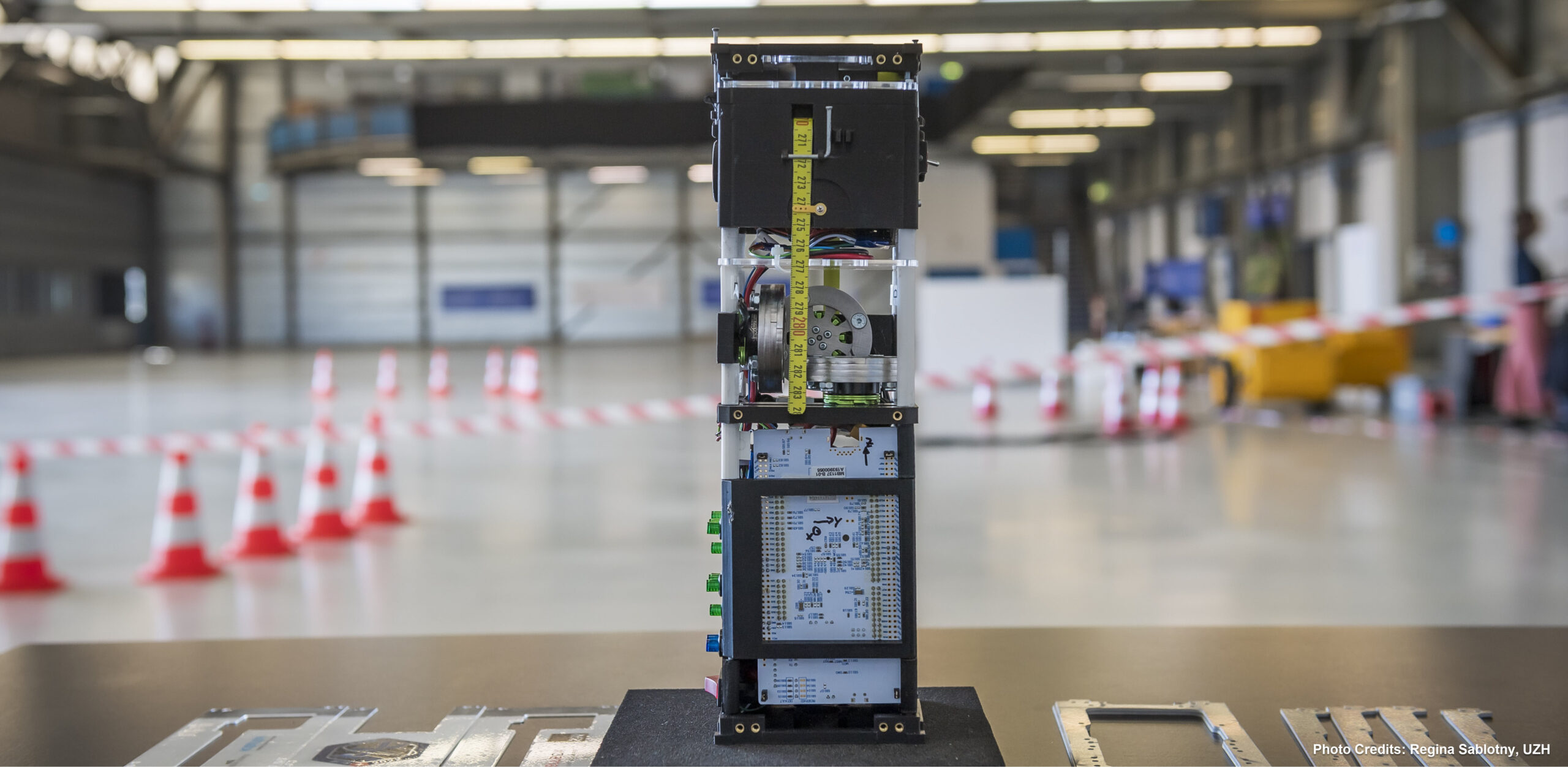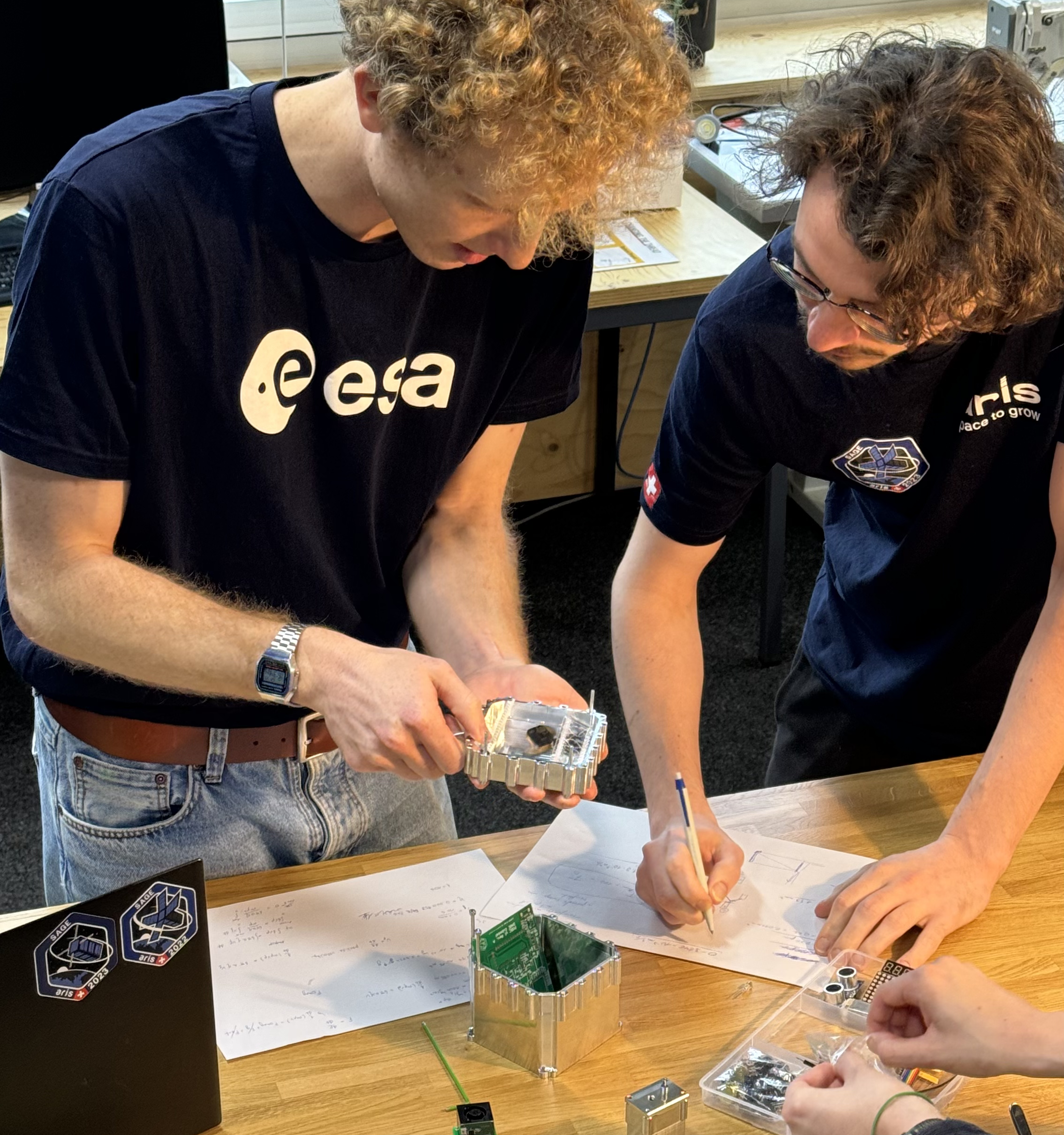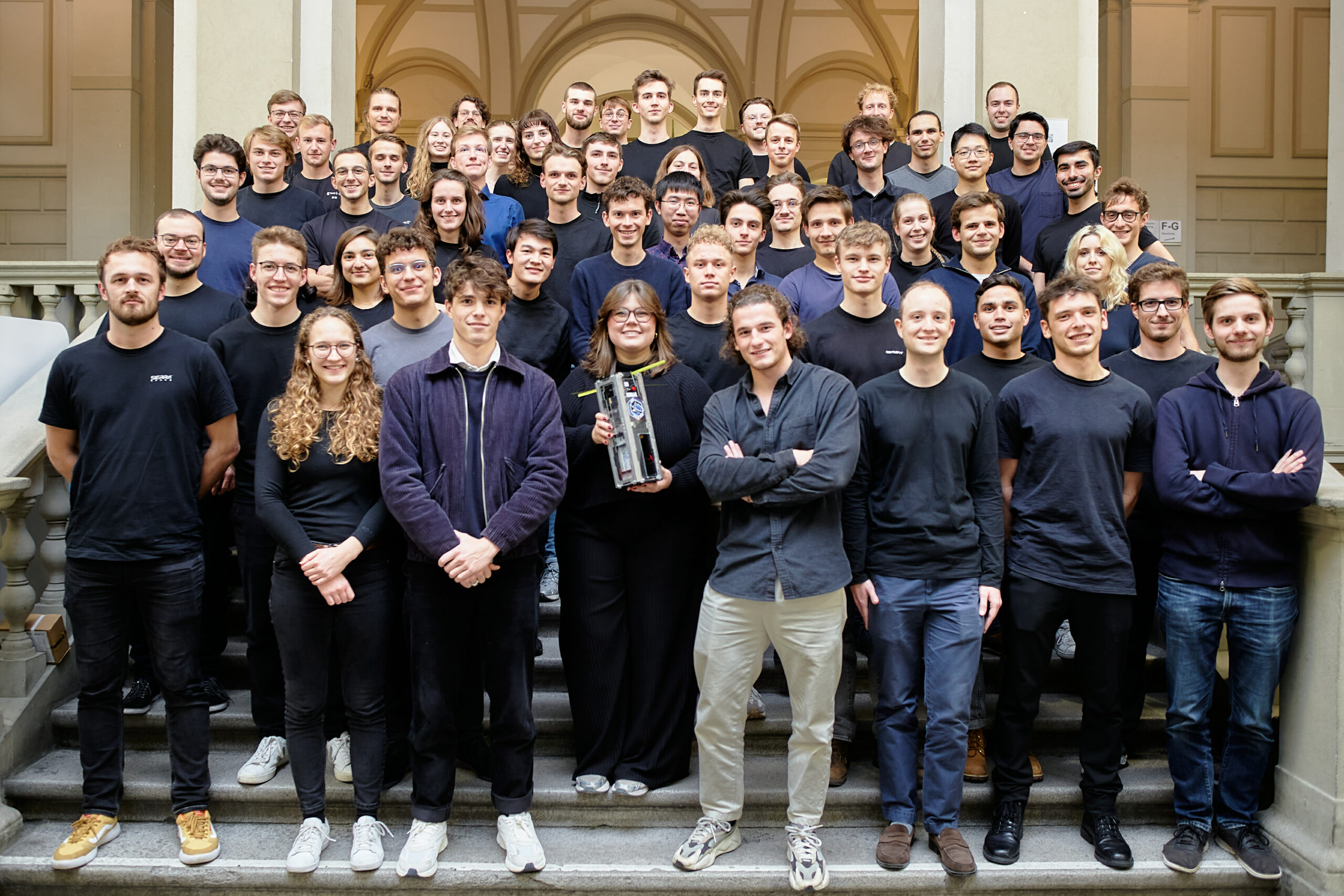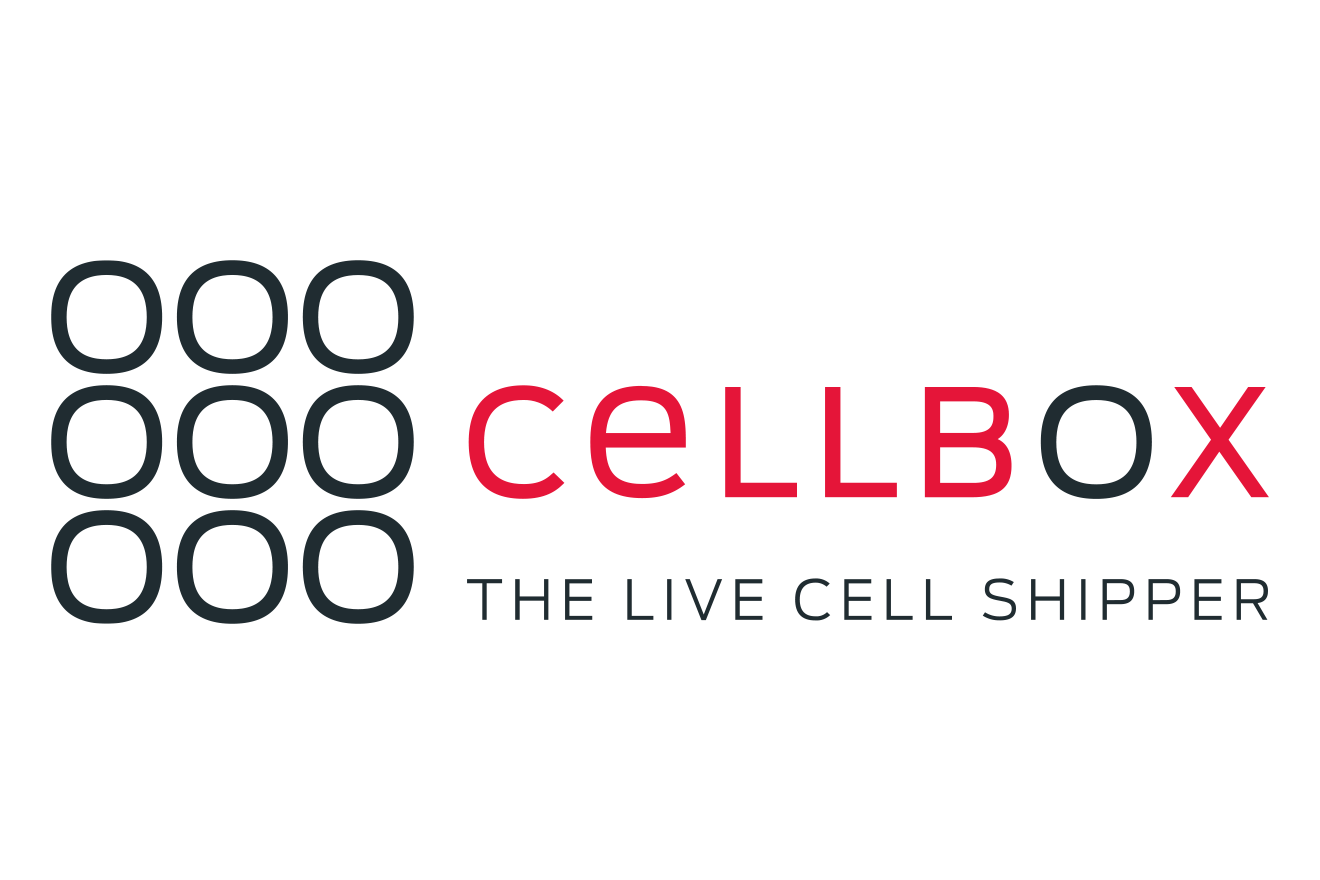STATISTICS
THE MISSION
The goal of SAGE is to give students the environment and the possibility to gather hands-on experience in an interdisciplinary space project. We aim to bring cutting-edge scientific research to space and inspire the next generation of engineers and professionals.
Bringing Science to Space
The CubeSat Mission SAGE investigates the aging of human cells in the microgravity conditions of low earth orbit. With the growing significance of space exploration, understanding the impact of space on the aging of the human body is crucial. By keeping a state-of-the-art human model system alive and in optimal conditions inside the payload of our satellite, which usually requires a complex medical laboratory set up, we are able to gather scientifically relevant data directly in orbit.

SYSTEM OVERVIEW
The SAGE CubeSat is designed with a focus on in-house developed modules and complemented by flight-proven components to decrease the project risk. To minimize the chances of mission failure, each system is extensively tested.


SUBSYSTEMS
HOW YOU CAN SUPPORT

YOU CAN MAKE A DIFFERENCE
By supporting SAGE, you get the opportunity to contribute to:
- education in the field of aerospace engineering and science
- cutting-edge research in the field of aging
- novel technology for small satellites
- the next generation of highly skilled engineers and scientists

JOIN
Become part of our journey to space!
Are you interested in space and want to be a part of something bigger? We are looking for talented and motivated students to help us design, build, and launch a small satellite into orbit. You will gain hands-on experience with spaceflight hardware, learn new skills, make valuable business connections, and gain friends for life. What we require from you is flexible 10-15 hours per week as well as motivation and team spirit.
Join now and work with a team of passionate students to realize the development of the first-ever CubeSat mission sending human cells to space. This is a once-in-a-lifetime opportunity to work on a real space mission and make a difference in the world of space exploration!
Send your application to sage-recruiting@aris-space.ch.

THE TEAM

We are SAGE
SAGE is a diverse team consisting of ETH, HSLU, and ZHAW students from various engineering and science disciplines. What brings us all together is our passion for space and contributing to novel technology for small satellites and cutting-edge research in the field of aging. We do all of this with a common goal: Launching and operating our very own satellite and thus, inspiring the next generation of aerospace engineers and professionals.
COLLABORATION WITH AMSAT-HB
Ham Radio Community AMSAT-HB. Our communication engineers are in close contact with its members, who support us with their broad knowledge in our reviews.
Together with AMSAT-HB, SAGE is actively engaged in STEM education. With our in-house developed linear transponder, we want to inspire many young people to get involved with amateur radio. We take part in exhibitions such as the Air and Space Days at the Swiss Museum of Transport in Lucerne or present our project at tech-days in grammar schools.















Social Contact